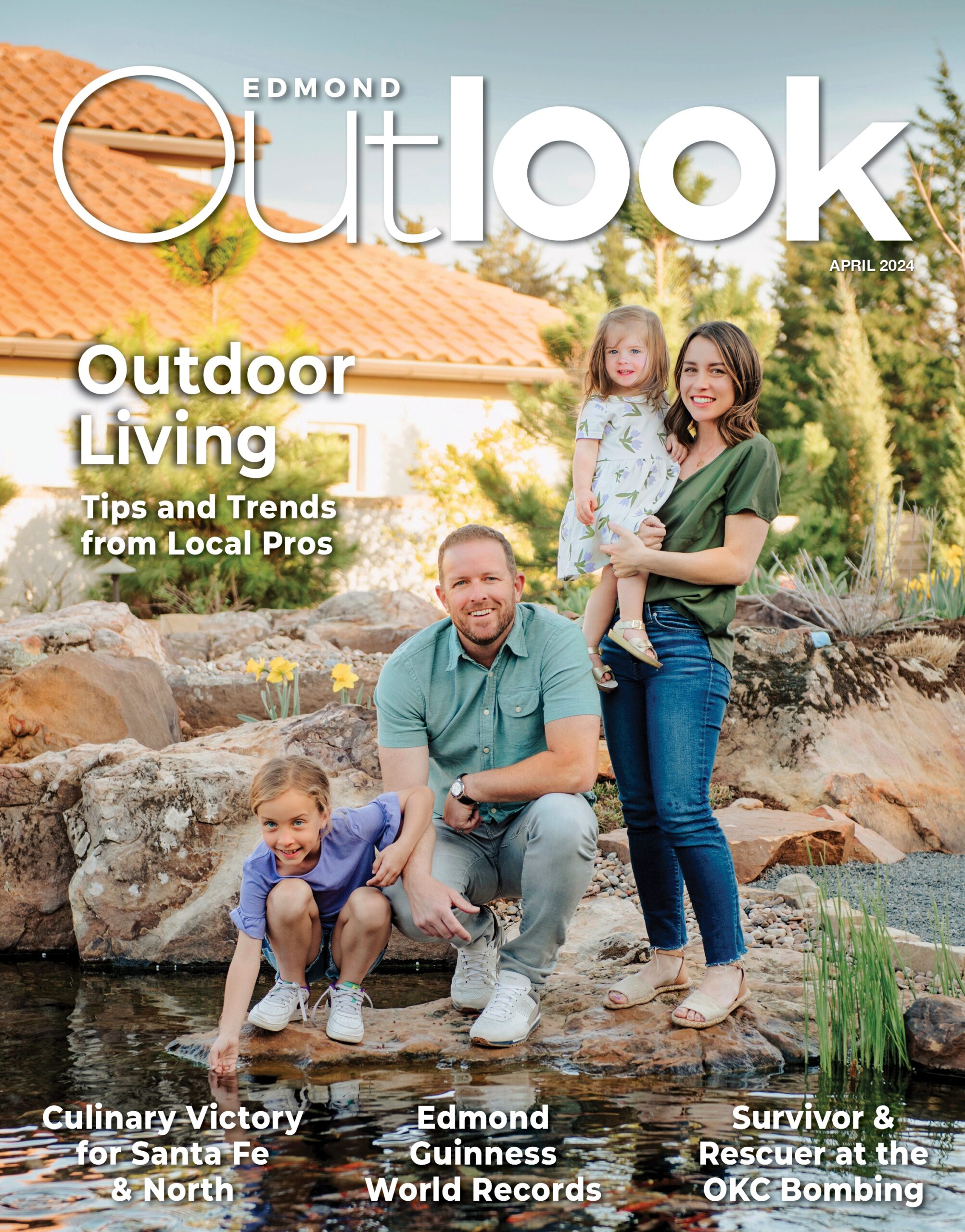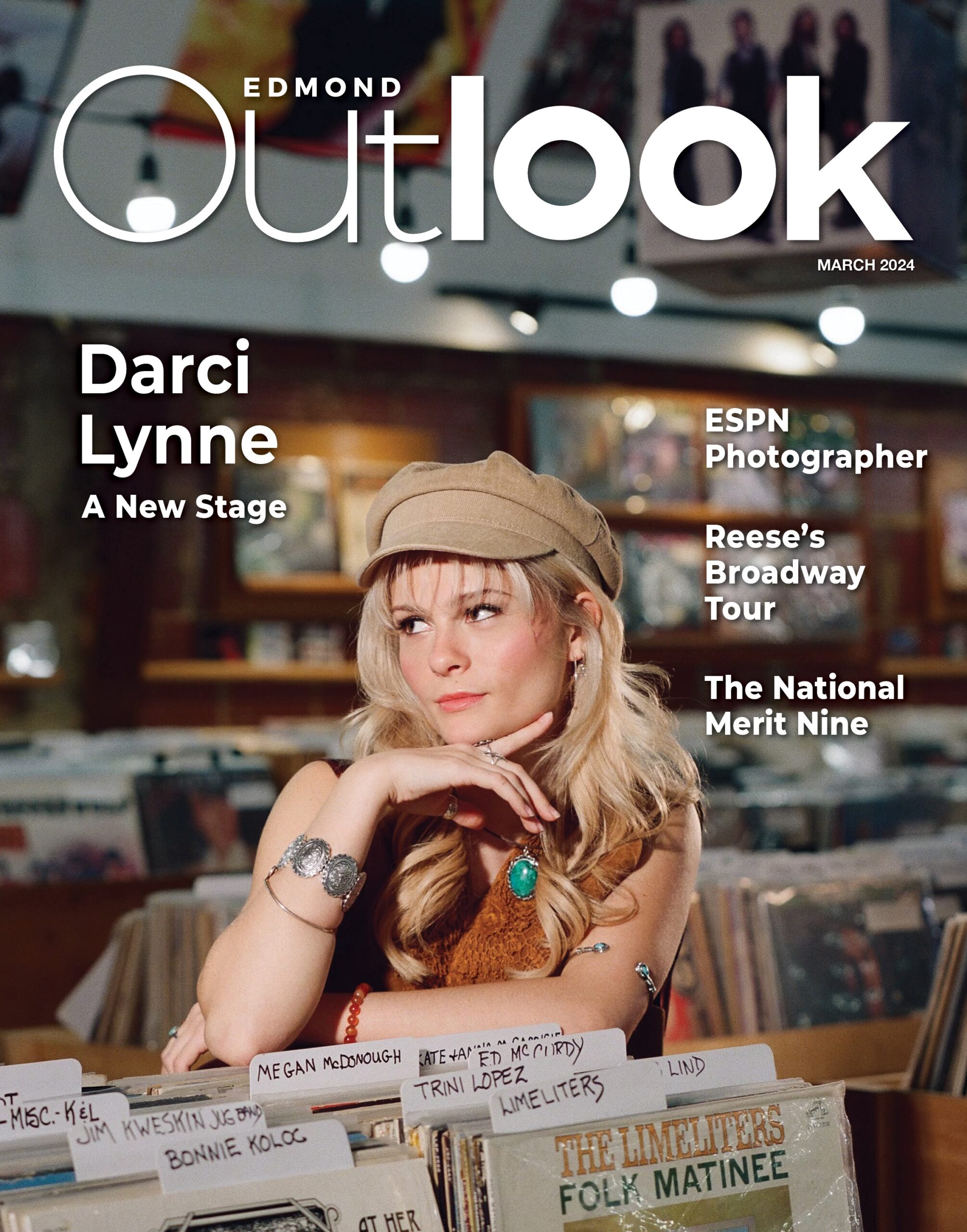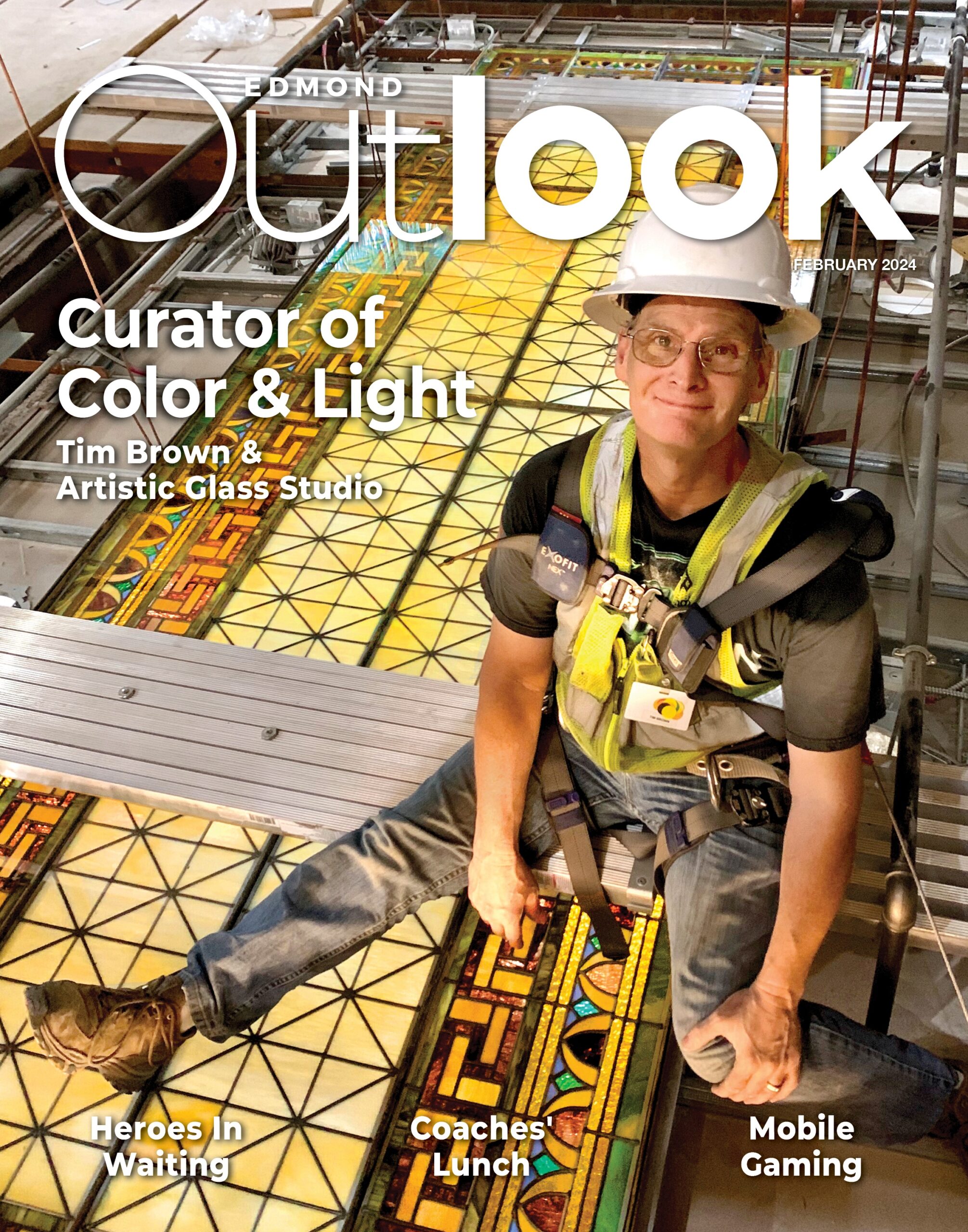Who Builds a Backyard Roller Coaster?
Don’t you hate planning a fun-filled day at the amusement park, only to spend half your time waiting in line for the best roller coasters? Well, so does Jeremy Reid. But rather than patiently endure the wait like the rest of us, he decided to take action. His plan: build a coaster in his very own backyard. Luckily, with an extensive knowledge of engineering, Jeremy had all the tools necessary to proceed with his unbelievable scheme.
Q: Tell me about your unusual hobby.
A: As a kid, I always thought it would be great to have a small roller coaster at my house. Many years later, after taking some engineering courses at college, I realized that I could probably build a small coaster on my own. I started building a very small version of the ride in 1997, and one year later, I decided to extend it into a full-circuit roller coaster.
Q: What were you thinking during your first ride on your very own coaster?
A: I couldn’t help being nervous. I was sure it would work, but still my nerves were going crazy.
Q: Any testing before taking that first ride?
A: I performed detailed structural analyses on the support structure, laminated track, and cart. I also created 3-D computer simulations to determine theoretical velocities and g-forces, and I have installed accelerometers on the cart to verify the actual g-forces.
Q: How fast can this baby go?
The coaster reaches a speed of about 20mph. That’s faster than you might think.
Q: How high is your coaster?
It’s about 17 feet high.
Q: Was it your background in engineering or your love for roller coasters that motivated you to try such a crazy idea?
A: I have a degree in Mechanical Engineering, and a love for roller coasters. Last year, my wife and I took a trip to Cedar Point in Ohio to ride some of the largest coasters in the world. This just added fuel to the desire to complete my project.
Q: Tell me about the cart that holds the riders… how do you ensure that it is safe?
A: The single-rider cart, which is made of wood and steel, weighs 300 lbs when empty. The cart has three sets of wheels: the main wheels, the guide wheels, and the upstop wheels. It also features a “chain dog” that connects the cart to the lift chain and a safety device called a “ratchet dog” that prevents the cart from rolling backwards down the lift hill.
Q: How long did the entire coaster take to build?
A: I have been working on the coaster since 1997, when I started the miniature version. In 2004, I started a major modification process on the full-scale model, which involved rebuilding and relocating the lift hill. The new lift hill features a catwalk and a chain guide, and its new placement allows the loading station to be elevated slightly. I am just finishing up on these modifications.
Q: What does your family think of your hobby?
A: My family has been extremely supportive of my project. Although my wife is not much of a thrill-seeker, everybody else loves going for rides on the coaster.


